Bernese Oberland East: On the way to climate neutrality
Heating, transport and agriculture: these three areas are responsible for 95% of CO2 emissions in the eastern Bernese Oberland. What will it take for the region to become climate-neutral? Together with representatives from society, business, administration and science, municipalities in the region have developed a vision and initiated initial projects that should lead to a climate-neutral region. The project was supported by the Swiss Federal Office of Energy (SFOE) as part of the Energy-Economy-Society research program.
The final report on the project "Climate Neutral Region Bernese Oberland East - From Vision to Action" clearly shows one thing: The road to climate neutrality is paved with many challenges.
A selection:
Buildings and housing:
The rather older building fabric of the residential, industrial and commercial buildings and the many temporarily vacant second homes often do not meet today's high energy standards. In 2019, 62% of buildings in the region were still heated with fossil fuels.
Poor thermal insulation, a lack of expansion of photovoltaics and the use of energy-intensive building materials are further challenges.
Mobility:
The mountain region is characterized by a dispersed settlement structure - with long transport routes for guests and locals. Both groups mainly use fossil-fuel vehicles. Access to the villages by public transport is also considered unattractive in some cases. Guests, especially day tourists, often arrive by private car. Another challenge is the arrival of foreign guests by plane.
Agriculture, forestry, private sector:
Livestock farming is traditionally important for the region. The consumption of animal products is correspondingly high, which causes high greenhouse gas emissions.
Energy production and supply:
The strong focus on the production of hydropower has meant that other renewable energy sources (e.g. photovoltaics and energy from biomass) are not yet widespread.
Profile of the Bernese Oberland East region:
The Oberland-Ost region is a typical mountain region. Around 48,000 people live in the 28 municipalities, around 40% of whom live in the growing Interlaken agglomeration. In addition to Meiringen, the second economic and political center, the population is spread across the widely scattered villages, many of which have village centers that are worth preserving or protecting.
Economically, the region is characterized by the service sector, which employs 76.4% of the workforce. Tourism and the associated retail and construction sectors are the most important employers with more than 10,000 jobs. Around 4.5 million tourist overnight stays are recorded in the region every year. Industry and commerce employ 18.2% of the workforce. The energy sector with its large hydropower plants is the third most important economic sector. 5.4% of the population work in agriculture or forestry and play an important role in maintaining the cultural landscape.
So much for the status quo: but what are the possibilities and ideas for making the region climate-neutral? An implementation agenda shows where the path should lead. Concrete projects are also already in place:
- The slopes in the Axalp ski area are to be groomed with climate-neutral snow groomers in future. The initial aim is to replace at least one fossil-fuelled snow groomer with a climate-neutral snow groomer.
- Shipping on Lake Brienz is also to become carbon-neutral. To this end, a feasibility study was carried out with Shiptec AG to lay the foundations for a transition to sustainable shipping. As a direct result of this feasibility study, a climate-neutral, hydrogen-powered ship is planned for Lake Brienz.
- The Oberland-Ost region has a strong agricultural sector. This has great potential for the production of climate-neutral biogas from slurry and manure. In order to be able to use these resources, more infrastructure is needed in the region - be it for the collection, processing or storage of biogas. This expansion, as well as that of a customer network, would allow more valuable and locally produced energy to be used.
- In addition, the "Coaching Climate Projects" office was created, which is affiliated to the Oberland-Ost regional conference. It is intended as a contact point for project sponsors, who can obtain advice and support for their projects there, as well as for the civilian population. Other important tasks of climate coaching are the networking of sponsors with similar project ideas and the organization of information and networking events.
The participatory strategy process in the Bernese Oberland East region took place between 2020 and 2023 based on the "transition management" approach in a project led by the Centre for Development and Environment (CDE) at the University of Bern in collaboration with the Wyss Academy for Nature and the Office for Environment and Energy of the Canton of Bern as well as the Oberland East Regional Conference. The Energy-Economy-Society research program of the Swiss Federal Office of Energy (SFOE) provided financial support for the project. The process is being continued as part of the Wyss Academy project "Climate Neutral Region Oberland-Ost" by the Regional Conference Oberland-Ost together with the Office for Environment and Energy of the Canton of Bern.
Authors of the report:
Stephanie Moser, Head of Division, CDE, University of Bern, Susanne Wymann von Dach, Research Associate, CDE, University of Bern; Felix Poelsma, PhD Student, CDE, University of Bern; Anja Strahm, Deputy Head of Hub Bern, Wyss Academy for Nature; Thomas Rosenberg, Project Manager, Office for Environment and Energy, Canton of Bern; Alina von Allmen, Coach Climate Projects, Regional Conference Oberland-Ost
Text: Brigitte Mader, Communications, Swiss Federal Office of Energy
Picture: Keystone; Robert Boesch
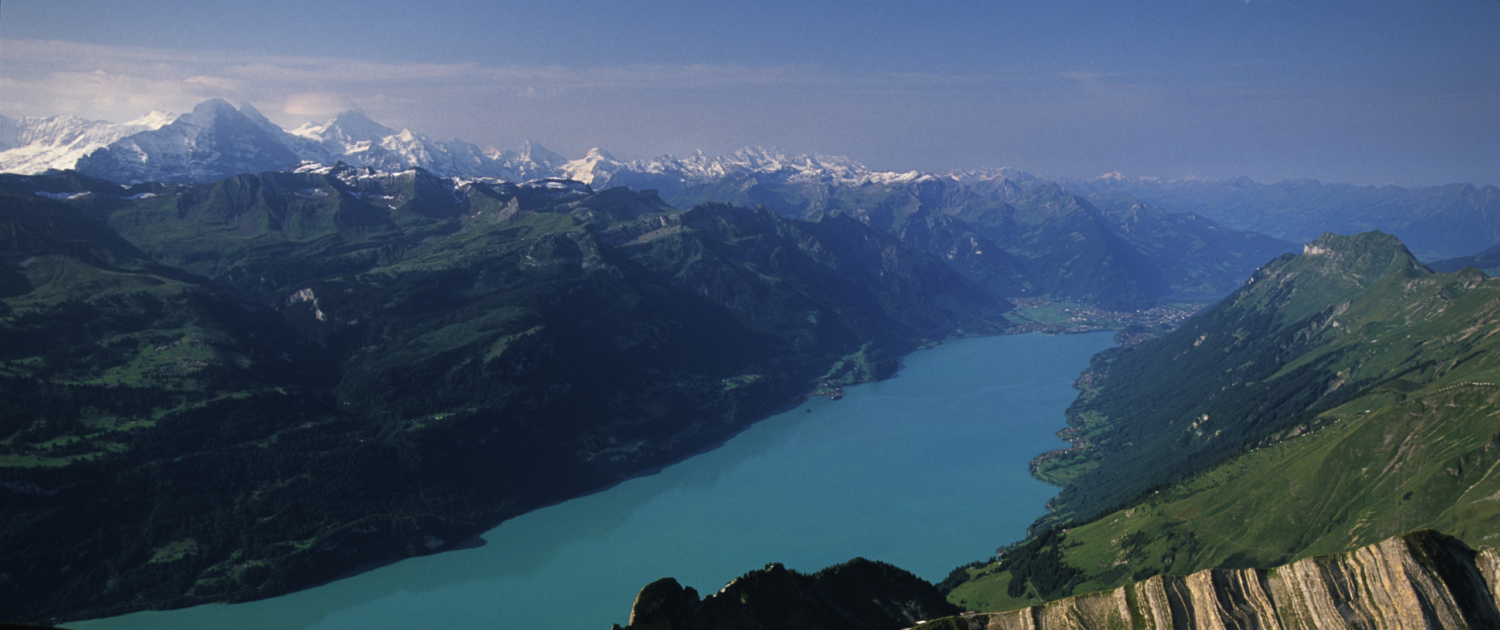 keystone
keystone

 2 Vote(s), Durchschnitt: 3,50
2 Vote(s), Durchschnitt: 3,50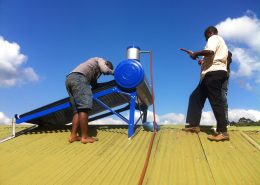 REPICREPIC souffle ses 20 bougies: des projets durables aux énergies renouvelables
REPICREPIC souffle ses 20 bougies: des projets durables aux énergies renouvelables 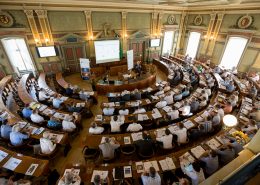 Geschäftsmodelle im Gebäudebereich
Geschäftsmodelle im Gebäudebereich 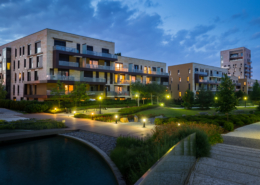 shutterstockFokus Beleuchtung in Wohnbaugenossenschaften: Was das Projekt Casa Luce beitragen will
shutterstockFokus Beleuchtung in Wohnbaugenossenschaften: Was das Projekt Casa Luce beitragen will 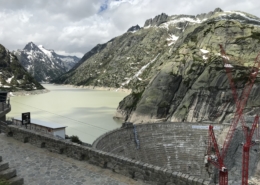 BFE - Ralph KienleRolle des BFE beim Bau der Spitallamm-Mauer an der Grimsel
BFE - Ralph KienleRolle des BFE beim Bau der Spitallamm-Mauer an der Grimsel 
 www.zurich-campus.ch
www.zurich-campus.ch Benedikt Vogel
Benedikt Vogel
Neuste Kommentare